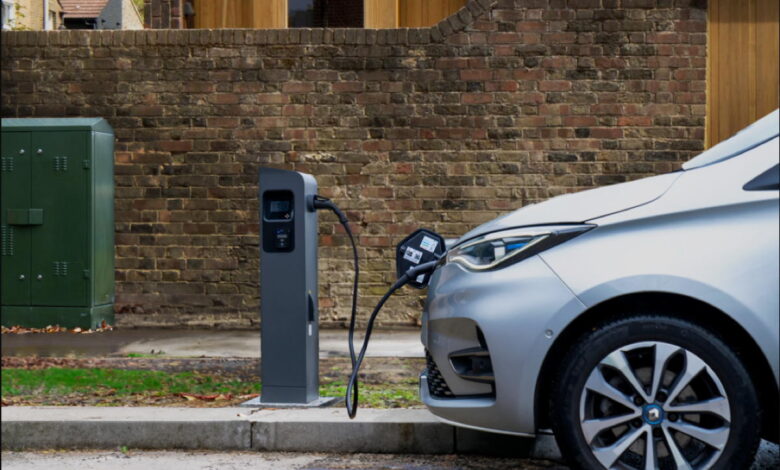Electric Vehicles Twice As Likely To Hit Pedestrians

New study has highlighted the real world risks posed by the silent movement of some electric and hybrid vehicles, to pedestrians.
The study, carried out by researchers at the London School of Hygiene & Tropical Medicine (LSHTM), analysed the Road Safety Data datasets that hold all reports of pedestrians injured by collisions with cars or taxis in Great Britain between 2013 and 2017.
The study found that pedestrians are twice as likely to be hit by an electric or hybrid-electric car than a petrol or diesel car.
Pedestrian danger
As ICE (internal combustion engine) vehicles make up the bulk of cars in the UK, the analysis found that out of the 96,285 pedestrians who had been hit by a car or taxi 74 percent (71,666) were hit by a petrol or diesel vehicle and 2 percent (1,652) were hit by an electric or hybrid-electric vehicle.
The propulsion of vehicles involved in the other 24 percent (22,829) of collisions was not recorded.
The researchers calculated the average annual casualty rates of pedestrians per 100 million miles for electric or hybrid-electric cars/taxis was 5.16 and for petrol or diesel cars/taxis was 2.40, showing that electric or hybrid-electric vehicle collisions with pedestrians were on average twice as likely. Pedestrian collisions with electric or hybrid-electric vehicles were shown to be even more likely in urban environments (2.5 times as likely as with petrol or diesel cars/taxis).
The study noted that electric cars are thought to pose a higher risk to pedestrians because they are quieter than petrol or diesel cars, so pedestrians do not hear them approaching in time to react and avoid a collision.
“Given the damaging impacts of air pollution from petrol and diesel cars, overall electric cars are almost certainly better for our health, but our research shows that more needs to be done to reduce the risk they pose to pedestrians, particularly in noisy urban environments,” said Phil Edwards, Professor of Epidemiology & Statistics at LSHTM and lead author of the paper.
“Over the years there have been concerted government-sponsored efforts to improve road safety in the UK, whether that’s through making wearing seatbelts mandatory or road safety campaigns such as ‘Stop, Look, Listen, Think’,” said Edwards.
“With electric cars replacing petrol and diesel cars on Britain’s road we should consider if similar public information campaigns, or new technologies such as autonomous emergency braking, are needed to improve pedestrian safety around electric cars.”
“Ensuring the safety of pedestrians needs to be prioritised as we navigate the important transition toward electric vehicles on our roads,” added Siobhan Moore, co-author of the paper. “The silent nature of electric cars poses a new challenge for road safety, and we must consider measures to protect vulnerable road users.”
Noise regulations
It should be noted that in July 2019 the EU had introduced new regulations that required new models of electric cars to emit a sound, in order to prevent harm to pedestrians.
The rules came in response to complaints by groups including charity Guide Dogs that electric cars were too quiet and could not be heard approaching.
The UK government at the same time also ordered that from 1 July 2019, manufacturers must fit acoustic sound systems to new types of quiet electric vehicles to prevent them being too silent.
In the UK, new EVs had to be fitted with systems to produce a sound when they are reversing or driving below 20 kilometres per hour (km/h, about 12mph) providing greater confidence to vulnerable road users.
Despite this legislation, there are already hundreds of thousands of electric cars on the road without the noise emitting devices.
Those are not the only issues facing EV owners.
Earlier this month a father taking his son to a children’s hospital in Liverpool said he was turned away from a parking lot because he was driving an electric vehicle that “might catch fire”.



